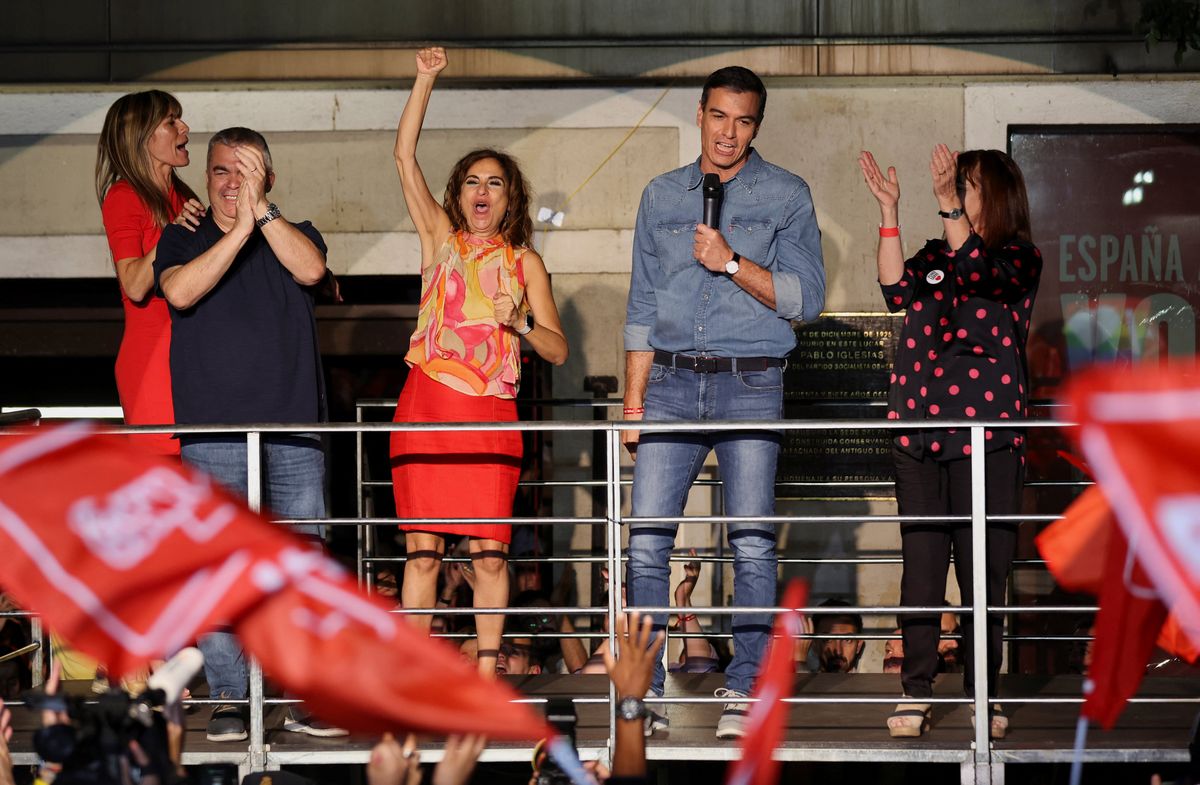Two months ago, when Spanish PM Pedro Sánchez responded to a crushing regional election defeat by calling a snap national election, we gave him slim odds of keeping his job. But we did point out that Sánchez had the survival skills of a political cockroach.
His gamble paid off.
On Sunday night, Sánchez did it again: When the right seemed on the cusp of returning to power after five years, the ruling left-wing PSOE party outperformed its best expectations by improving its 2019 result and coming in a close second to the right-wing People's Party. Meanwhile, the far-right Vox Party lost 19 seats, and the conservative bloc fell just short of the outright majority most polls had predicted.
But the PSOE — along with the Sumar (Add) coalition of far-left forces — also didn’t win enough seats to repeat the so-called "Frankenstein" left-wing coalition government backed by some Catalan and Basque pro-independence parties that the PP and Vox had vowed to replace.
So, what happens next? Good question.
For the PM to get the votes he needs to stay in power, he'd have to negotiate with Junts (Together), a hardcore Catalan secessionist party that will demand an independence referendum in exchange. PP leader Alberto Núñez Feijóo could also try to win support from the moderate Basque Nationalist Party, which has backed them in the past but would require Vox be out of the government. Don’t count on either happening.
If the hung parliament fails to deliver a government two months after the first vote, Spaniards will have to do it all over again — for the third time since 2015.





